An AI robot made by an Austin startup has logged tons of hours helping hospitals keep up with never-ending demand.
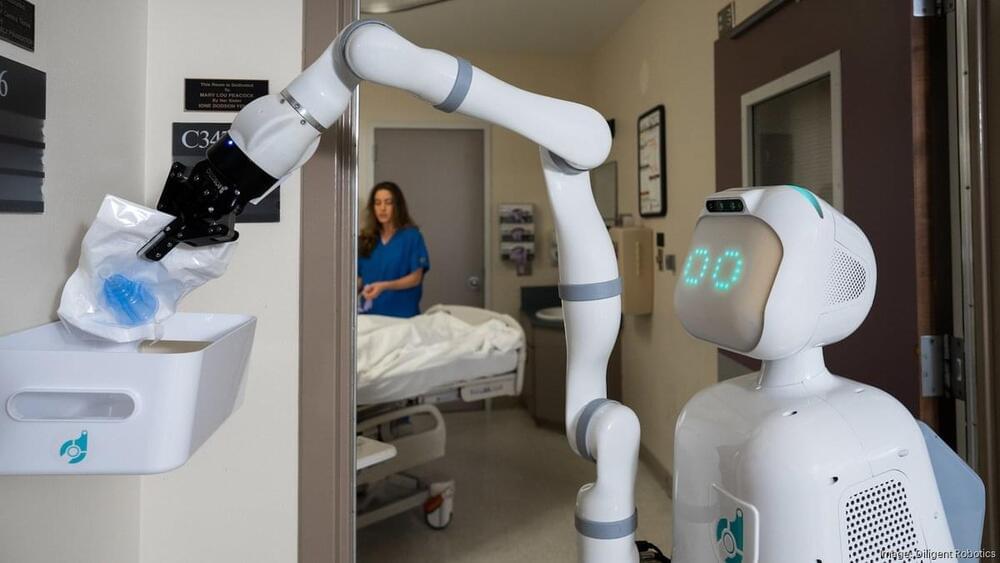


Scientists in Australia have gathered evidence that our universe is constantly vibrating. They used the largest gravitational wave detector to confirm the earlier reports that there is an ongoing rumble which is likely caused by black holes at the centre of galaxies colliding with each other.
The detector looked at several rapidly spinning neutron stars across the galaxy and discovered that the gravitational wave background might be louder than previously thought, The Conversation reported.
The study carried out by Matthew Miles, Swinburne University of Technology and Rowina Nathan, Monash University, was published in the Monthly Notices of the Royal Astronomical Society.
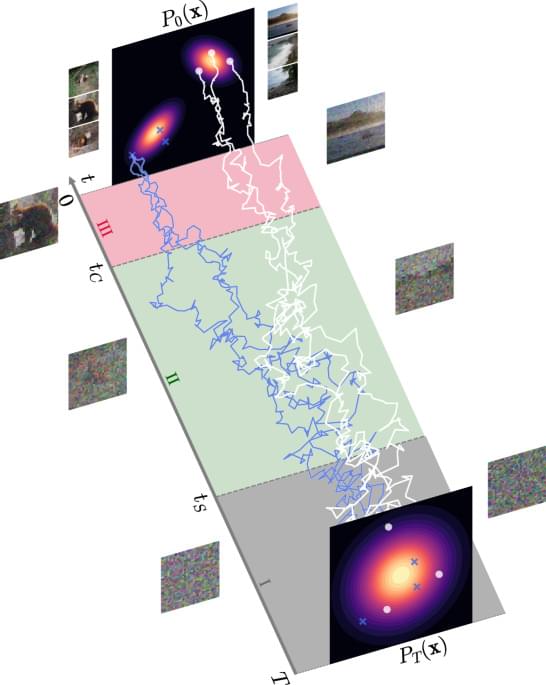
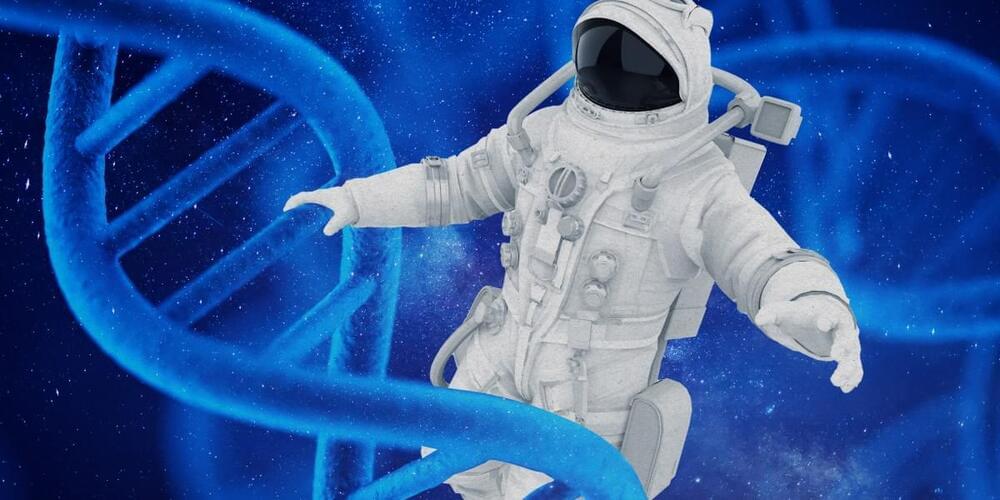
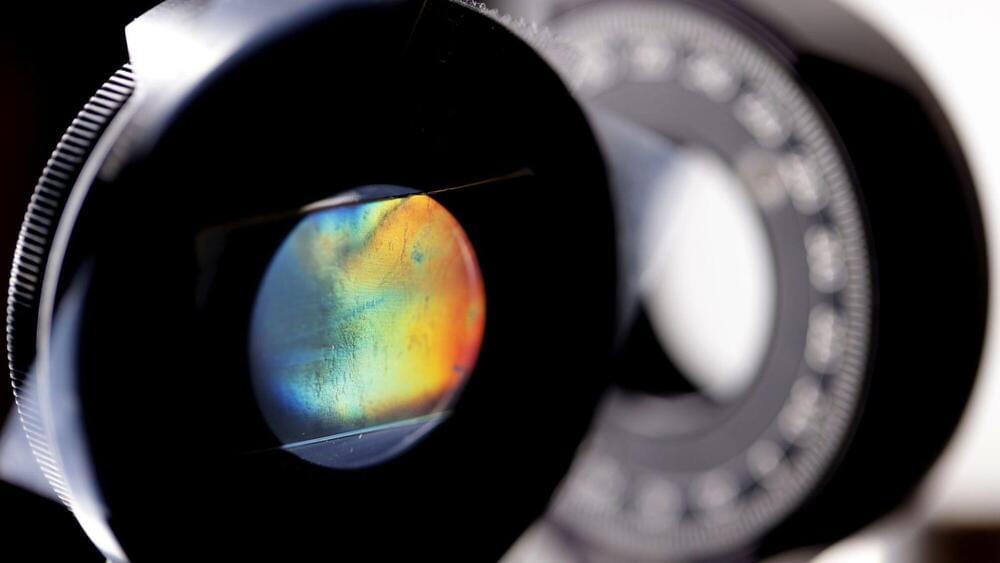
MXenes in grooved plastic create durable, heat-tolerant films that twist light beams.
A team of researchers at the University of Michigan employed MXenes, a type of ceramic-like material derived from industrial waste materials to develop heat-tolerant films capable of twisting light beams.
The MXenes were integrated into plastic sheets with microscopic grooves to create sturdy, heat-tolerant films capable of twisting light beams.
This innovation paves the way for imaging applications, such as capturing the hot turbulence of aircraft propulsion systems, helping aerospace engineers improve engine designs for better performance.
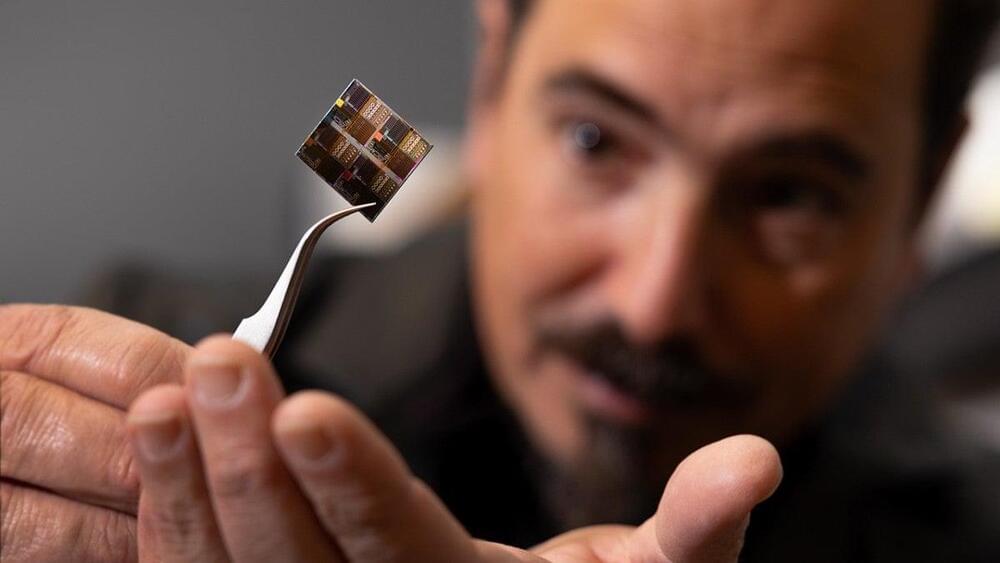
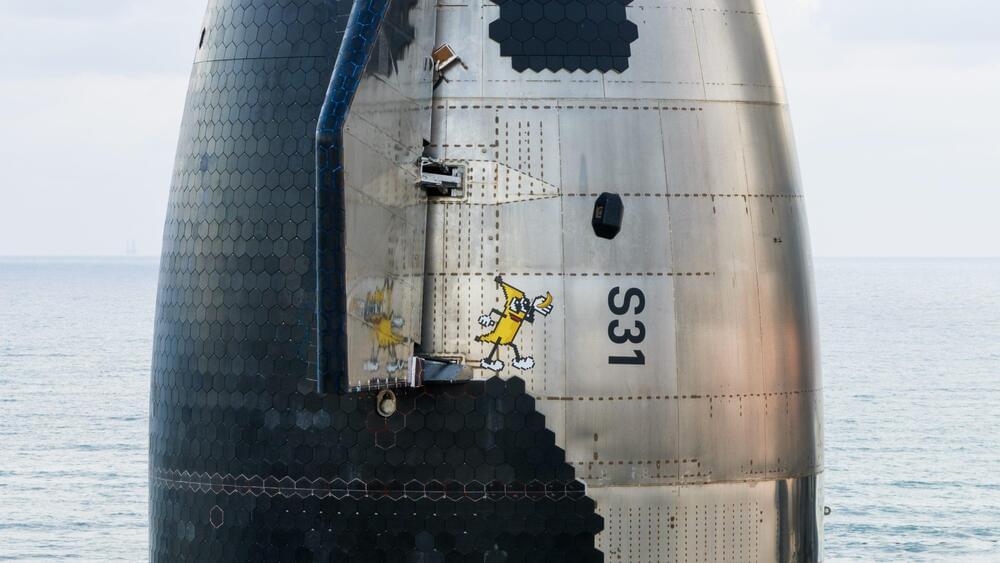
Called the ship’s nosecone, footage from local media spotted this piece being welded by robots at SpaceX’s facilities in Boca Chica, Teas. These facilities are part of a sprawling complex called Starbase, and they include manufacturing, assembly and testing facilities for the world’s largest rockets.
SpaceX has already started operations at its massive Starfactory. Some operations at the plant include inspecting the thousands of heatshield tiles on the nosecone after they are installed. For Starship Flight 7 and beyond, SpaceX will use upgraded heatshield tiles and a new design for the upper stage to improve its reliability during reentry.
Footage from local media in Texas shows workers and robots working on the Starship nosecone for what is presumably a component for a rocket destined for a future flight. SpaceX’s welding robot is clearly visible as it makes small changes to the nosecone, leading to barely visible sparks. Technicians, on the other hand, work on the nosecone with heatshield tiles installed.

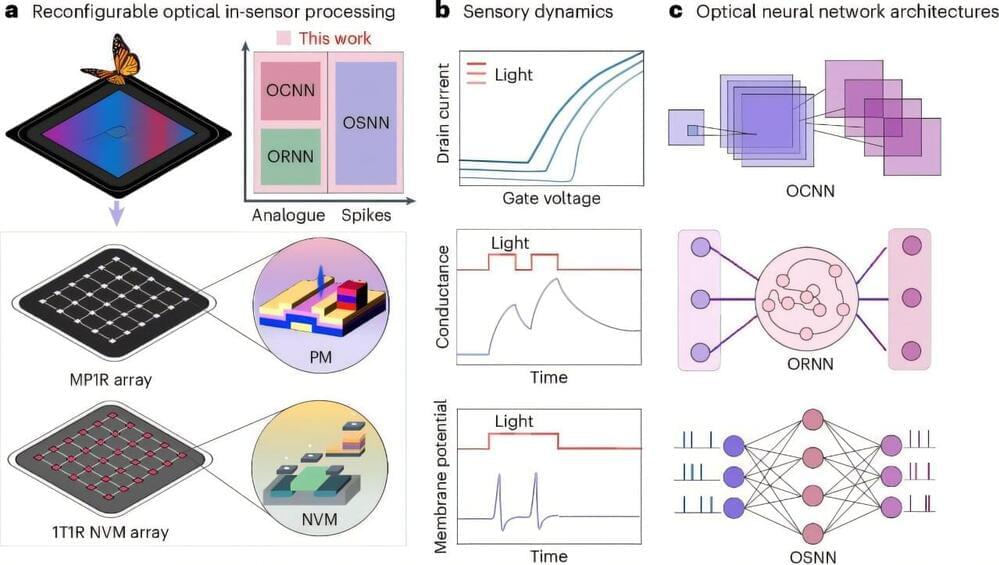
In recent years, engineers have been trying to create hardware systems that better support the high computational demands of machine learning algorithms. These include systems that can perform multiple functions, acting as sensors, memories and computer processors all at once.
Researchers at Peking University recently developed a new reconfigurable neuromorphic computing platform that integrates sensing and computing functions in a single device. This system, outlined in a paper published in Nature Electronics, is comprised of an array of multiple phototransistors with one memristor (MP1R).
“The inspiration for this research stemmed from the limitations of traditional vision computing systems based on the CMOS von Neumann architecture,” Yuchao Yang, senior author of the paper, told Tech Xplore.
Generative artificial intelligence probably won’t change your life in 2025 — at least, not more than it already has, according to Google CEO Sundar Pichai.
When OpenAI launched ChatGPT two years ago, generative AI quickly captured the imagination of users around the world. Now, with the industry’s competitive landscape somewhat established — multiple big tech companies, including Google, have competing models — it’ll take time for another technological breakthrough to shock the AI industry into hyper-speed development again, Pichai said at the New York Times’ DealBook Summit last week.
“I think the progress is going to get harder. When I look at [2025], the low-hanging fruit is gone,” said Pichai, adding: “The hill is steeper … You’re definitely going to need deeper breakthroughs as we get to the next stage.”